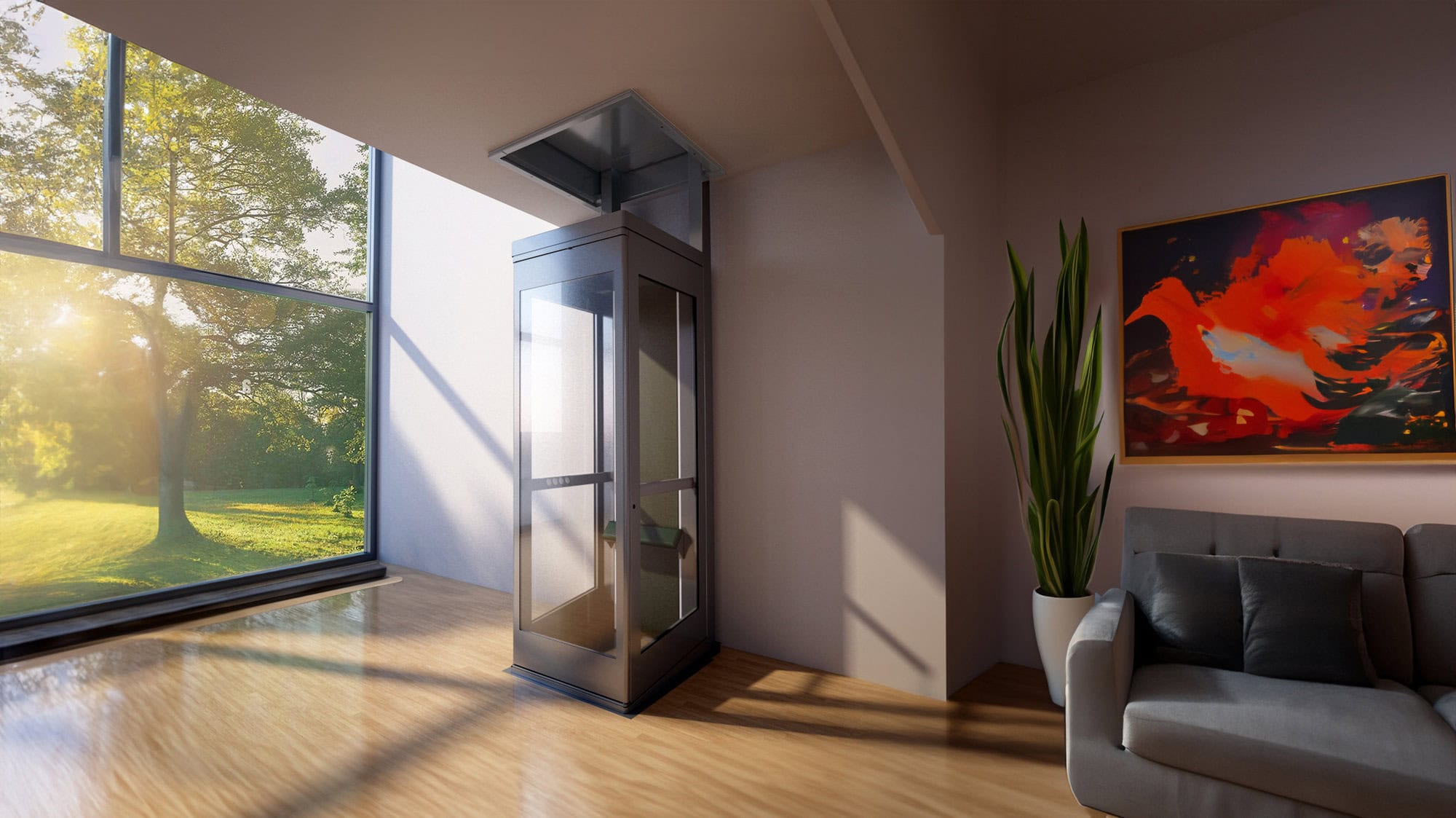Leading Lift Companies in London: Delivering Exceptional Service and Support
Leading Lift Companies in London: Delivering Exceptional Service and Support
Blog Article
Exploring the World of Lifts: Common Issues Encountered by Different Lift Mechanisms
As we navigate with the vertical transport systems of modern structures, elevators stand out as an important part of our everyday lives. From hydraulic lifts to grip systems and machine-room-less layouts, each lift type comes with its collection of usual issues.
Hydraulic Elevators
Hydraulic lifts, typically favored for low-rise structures, make use of fluid stress to control the activity of the elevator automobile (lift repair companies). This mechanism includes a hydraulic pump pressing oil right into a cyndrical tube, causing the elevator to relocate the preferred direction. While hydraulic elevators are recognized for their peaceful and smooth procedure, they do feature their own set of usual problems
One widespread problem with hydraulic lifts is oil leak. Furthermore, concerns with the control system, such as faulty shutoffs or a malfunctioning pump, can cause disturbances in the elevator's movement.
Routine maintenance and timely repair work are necessary to make sure the smooth functioning of hydraulic elevators. By attending to these usual concerns proactively, structure owners can reduce downtime and make sure the security and efficiency of their vertical transport system.
Grip Lifts
When thinking about vertical transportation systems in buildings, one more usual kind besides hydraulic lifts is the grip lift. Grip lifts run utilizing a system of ropes and weights that move the elevator vehicle by grasping onto the hoist ropes. This system enables smoother and faster upright transport compared to hydraulic systems.
One of the common issues encountered by grip elevators is rope wear. The constant activity of the ropes within the grip system can cause tear and wear gradually, potentially creating the elevator to malfunction or come to be risky for use. Regular examinations and upkeep of the ropes are important to ensure the lift's appropriate performance and security.
An additional problem that grip lifts might run into is associated to the control system. Issues with the control system can result in concerns such as erratic motion, hold-ups in action times, or perhaps full shutdowns. Routine testing and maintenance of the control system are important to avoid such issues and ensure the lift's dependability.
Machine-Room-Less (MRL) Elevators

Among the key components of MRL lifts is the small gearless grip machine that is installed within the hoistway. This machine efficiently drives the elevator car without the requirement for bulky tools discovered in typical grip elevators. Additionally, MRL lifts generally make use of a counterweight system to balance the cars and truck, additional boosting their energy performance.
Despite their benefits, MRL lifts may deal with obstacles connected to repair and maintenance as a result of the constrained space for devices installation. Accessibility for servicing components within the shaft can be restricted, requiring specialized training for professionals. Proper upkeep timetables and regular examinations lift repair near me are vital to make sure the ongoing smooth operation of MRL elevators.
Overloading and Weight Restriction Issues
Straining and weight limit concerns are important concerns in lift procedures. Elevator manufacturers design lifts with certain weight capacities to make certain traveler security and equipment long life.
When lifts are overwhelmed, it puts extreme strain on the electric motor, cables, and other parts, potentially causing malfunctions or breakdowns. If they detect excess weight, safety and security mechanisms such as sensors and overload sensors are in area to stop elevators from relocating. Additionally, exceeding weight limitations can cause boosted power consumption and deterioration on the lift system.
To minimize overloading problems, building supervisors need to plainly show weight restrictions in lifts and enlighten passengers on the significance of sticking to these constraints - lift repair companies. Regular upkeep checks by certified service technicians can additionally aid make certain that lifts are running within safe weight criteria. By addressing overloading and weight limit problems proactively, building owners can improve elevator safety and security and efficiency
Electrical System Failings
Surpassing weight limits in elevators can not just lead to mechanical issues but additionally possibly contribute to electrical system failures within the lift facilities. Electrical system failures are a crucial problem in lift procedure, as they can cause unforeseen shutdowns, breakdowns, or even security hazards.
Normal upkeep and assessments are disabled platform lifts prices uk vital to identify and attend to prospective electric problems without delay, making sure the effective and safe procedure of elevator systems. By adhering to weight restrictions and carrying out regular electric system checks, structure owners can mitigate the risk of electrical failings in lifts.
Final Thought

Hydraulic elevators, frequently favored for low-rise structures, utilize fluid stress to manage the movement of the lift vehicle.When considering upright transportation systems in buildings, an additional common kind aside from hydraulic lifts is the traction lift. Traction elevators run utilizing a system of ropes and counterweights that relocate the elevator car by grasping onto the hoist ropes. Unlike standard elevators that call for a separate machine space to house the equipment, MRL elevators incorporate most of the elements within the shaft, eliminating the requirement for a dedicated maker area.In final thought, lifts face typical concerns such as hydraulic malfunctions, grip system failures, and electrical system problems.
Report this page